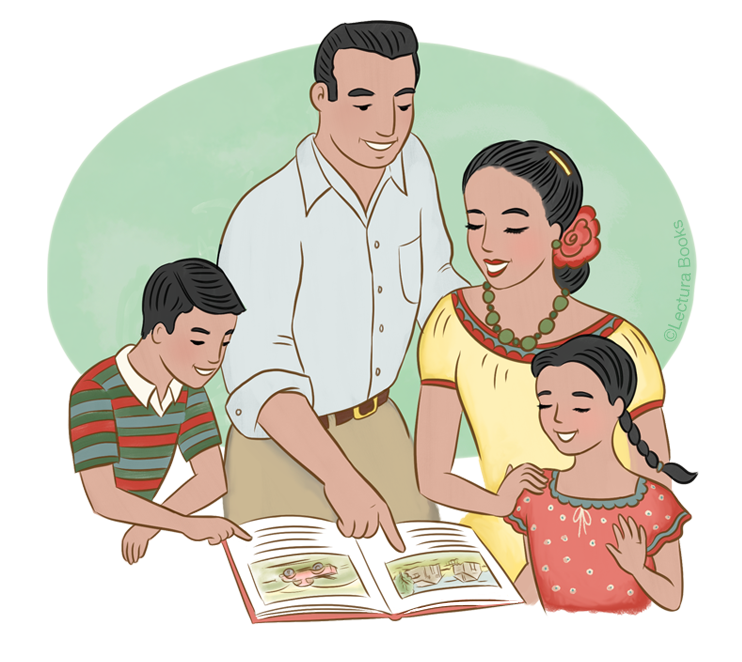Parental and family involvement is a very important component in the academic achievement of students. However, oftentimes, school administrators and teachers lack the knowledge on how to connect with immigrant and English Language Learners (ELLs). This results in a lack of parental and family involvement within the immigrant community. But this can all change! Take a look at 3 ways to promote culturally relevant family programs to get all families involved.
Use Inclusive Terminology
The first way to promote culturally relevant family programs is to use inclusive terminology in all written materials and when speaking with immigrant or ELL parents and family members. Teachers should use terms such as “family members” and “families” rather than parents to avoid all assumptions about the households their students come from. For instance, instead of leaving a space for their students’ “mother” or “father” to sign a form, they should write “name(s) of parents/guardians.” Additionally, teachers should take into consideration cultural practices and norms, traditions, and other life circumstances.
Use Home Languages
The second way to promote culturally relevant family programs is to use home languages in all written communications sent home. Also, teachers can use a translator to speak with parents via telephone and in-person. Language plays a critical role in our lives, so it is important that teachers communicate with their students’ families in their home languages. Additionally, teachers should never ask or expect their students to serve as translators for their families because it can put them in an awkward position or they might not be translating the texts correctly.
Use Culturally Relevant Wisdom
The third way to promote culturally relevant family programs is to use culturally relevant wisdom within the classroom and in materials sent home for homework and to family members. Using culturally relevant knowledge enhances the student learning process, as it makes their experiential wisdom on issues related to culture, history, and identity seem relevant. Additionally, when parents and family members see this or hear about this from students, they too feel appreciated and accepted. Teachers can assign homework assignments or projects in which parents and family members can get involved, such as creating family trees or sharing family or cultural histories and experiences.

